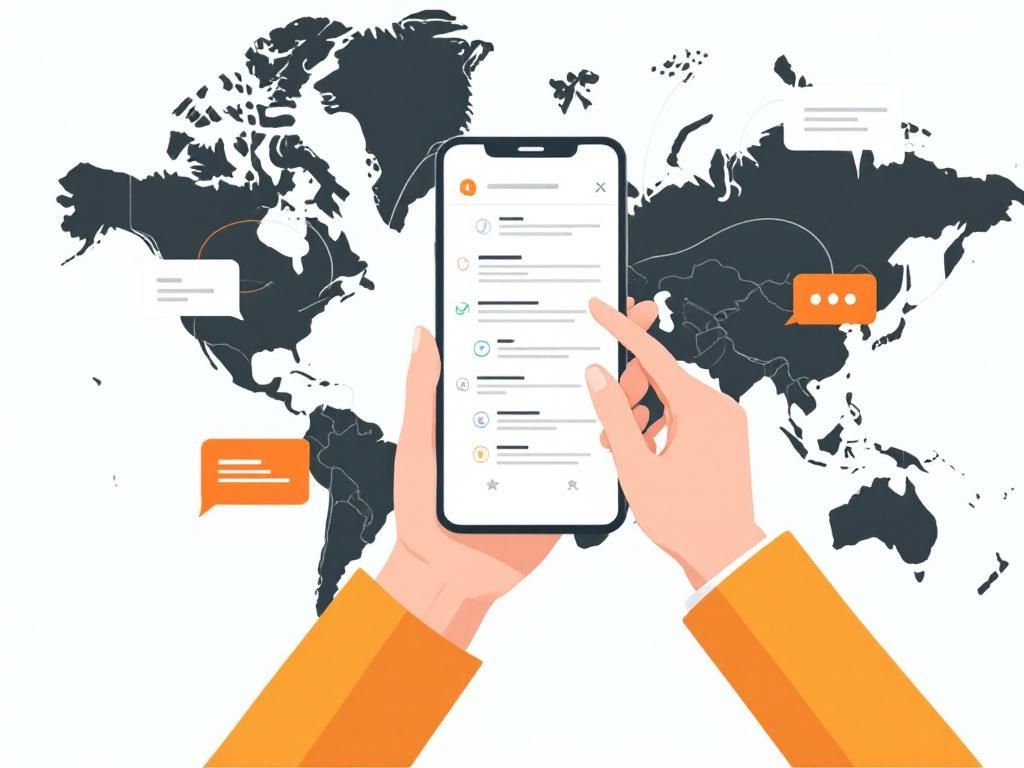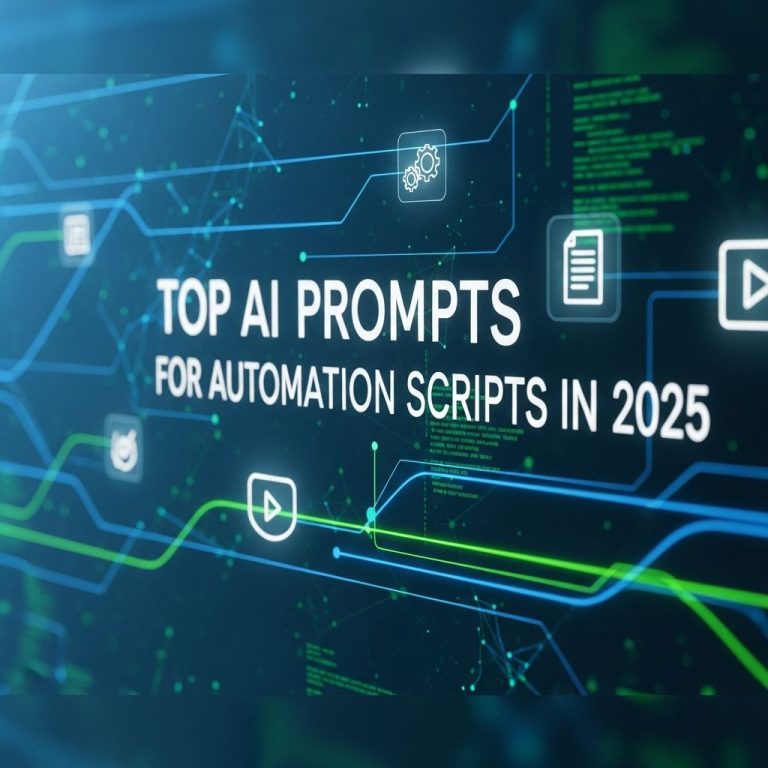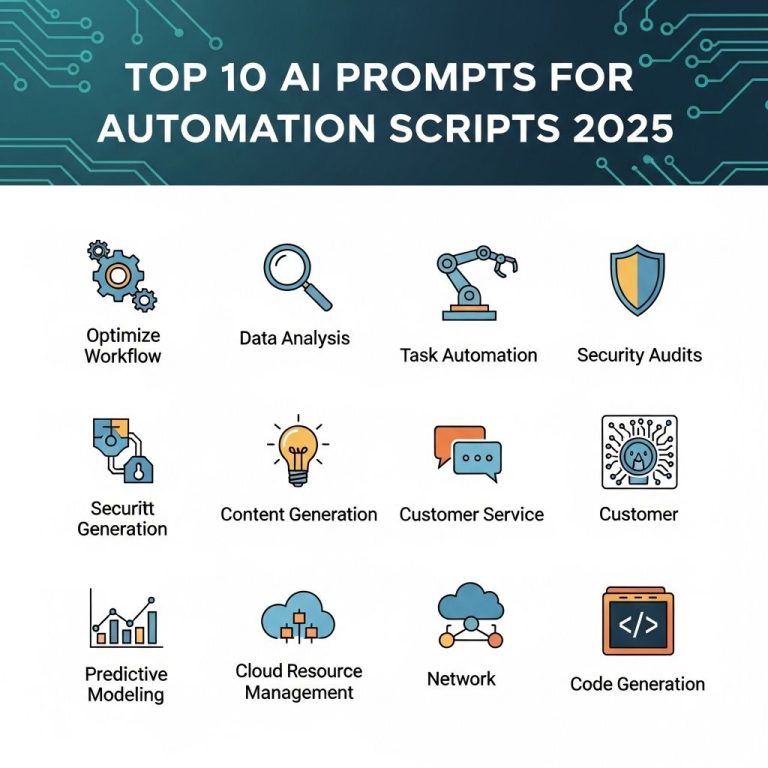In today’s interconnected world, the ability to communicate across different languages is crucial for businesses aiming for a global reach. With the advent of artificial intelligence (AI), translation has evolved from simple dictionary-based conversions to dynamic, context-aware systems. These advanced AI translation APIs can not only translate text but also adapt to cultural nuances, tone, and context, making them invaluable tools for companies looking to expand their market presence.
Understanding AI Translation APIs
AI translation APIs are tools that allow developers to integrate translation capabilities into their applications or websites. These APIs leverage machine learning algorithms and vast datasets to provide translations that are often more accurate and contextually relevant than traditional methods. Here’s a closer look at how these APIs work:
How AI Translation Works
- Data Input: The user inputs text that needs translation.
- Context Analysis: The AI analyzes the context of the input to determine the appropriate meaning.
- Translation Generation: Using neural networks, the API generates translated text.
- Output: The translated text is returned to the user.
Benefits of Using AI Translation APIs
Utilizing AI translation APIs can provide numerous advantages for businesses:
- Scalability: Easily translate content for multiple languages without the need for extensive human resources.
- Cost-Effectiveness: Reduce the costs associated with hiring professional translators.
- Speed: Quickly translate large amounts of text in real-time.
- Consistency: Ensure uniformity in translations, which is critical for branding and messaging.
Major Players in AI Translation APIs
Several companies have emerged as leaders in the AI translation API space, each offering unique features that cater to different business needs. Here’s a table summarizing some of these key players:
| Company | Key Features | Pricing |
|---|---|---|
| Google Cloud Translation | Supports over 100 languages, real-time translation, document translation | Pay-as-you-go |
| Microsoft Translator | Custom translation models, integration with other Microsoft services | Subscription-based |
| Amazon Translate | Deep learning techniques, high-quality translations | Pay-as-you-go |
| IBM Watson Language Translator | Customizable translation, language identification | Tiered pricing |
Implementing AI Translation APIs
Integrating AI translation APIs into your workflow can be straightforward. Here’s a step-by-step guide to get started:
Step 1: Choose the Right API
Consider factors such as supported languages, features, and pricing models. Evaluate the specific needs of your business and choose accordingly.
Step 2: Sign Up and Get API Key
Register with the chosen service provider and obtain your unique API key, which will be used to authenticate your requests.
Step 3: Choose Your Development Stack
Decide on the programming language and framework you will be using to make API calls. Popular options include:
- Python
- JavaScript
- Java
- PHP
Step 4: Make API Calls
Use your development stack to make requests to the API. Sample code snippets can often be found in the API documentation.
Step 5: Handle Responses
Implement logic to handle the API responses, including error-checking and displaying the translated text in your application.
Challenges and Considerations
While AI translation APIs are powerful tools, there are challenges that businesses should be aware of:
- Contextual Understanding: AI may struggle with idioms or context-specific phrases.
- Cultural Nuances: Direct translations may not always capture cultural subtleties.
- Data Privacy: Be cautious with sensitive information that may be processed by third-party services.
Future Trends in AI Translation
The landscape of AI translation is continuously evolving. Here are some trends to watch:
1. Improved Contextual Understanding
Future AI models are expected to enhance their ability to understand context, making translations more accurate and natural.
2. Voice Translation
With the growth of voice-activated applications, real-time voice translation capabilities are becoming more prevalent.
3. Custom Translation Models
Companies may increasingly seek to develop custom models tailored to their specific industry language or branding.
4. Multimodal Translation
The integration of image, text, and voice translation for a seamless user experience.
Conclusion
AI translation APIs represent a crucial advancement in breaking language barriers for businesses seeking to expand globally. By leveraging these sophisticated tools, companies can enhance their communication strategies, reduce costs, and streamline operations. As technology continues to evolve, those who adapt and incorporate AI translation will find themselves well-positioned in the global marketplace.
FAQ
What are AI translation APIs?
AI translation APIs are application programming interfaces that utilize artificial intelligence to provide automated translation services, allowing businesses to translate content across multiple languages quickly and efficiently.
How can AI translation APIs enhance global reach?
AI translation APIs can enhance global reach by enabling businesses to communicate effectively with diverse audiences, localizing content in real-time, and breaking down language barriers that may hinder international expansion.
Are AI translation APIs accurate?
While AI translation APIs have made significant advancements in accuracy, it’s important to note that they may not always capture nuanced meanings or cultural context. Combining AI translations with human editing can improve quality.
What industries benefit from AI translation APIs?
Various industries, including e-commerce, travel, healthcare, and technology, benefit from AI translation APIs as they streamline multilingual communication and improve customer engagement.
How do I choose the right AI translation API for my business?
When choosing an AI translation API, consider factors such as language support, integration capabilities, accuracy, cost, and customer reviews to find the best fit for your business needs.
Can AI translation APIs handle complex documents?
Yes, many AI translation APIs can handle complex documents, including technical manuals and legal texts, but it’s advisable to review translations for accuracy, especially in specialized fields.




